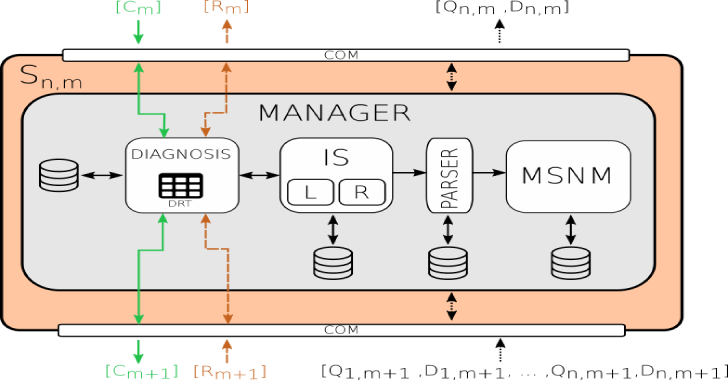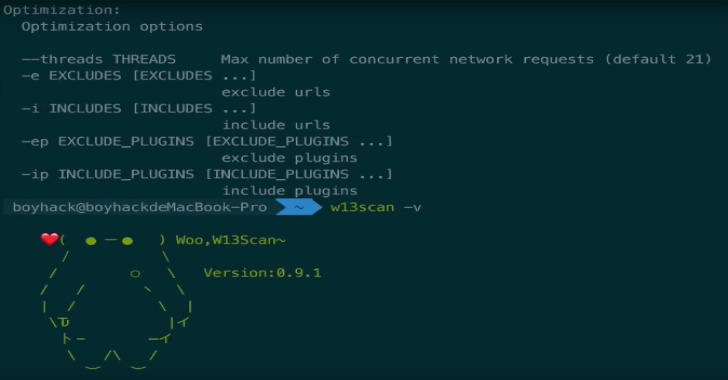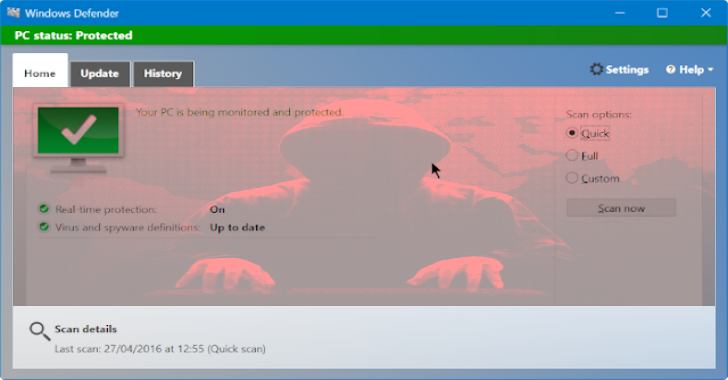WiFiBroot : A WiFi Pentest Cracking tool for WPA/WPA2
WiFiBroot is a WiFi-Penetest-Cracking tool for WPA/WPA2 (Handshake, PMKID, Offline Cracking, EAPOLS, Deauthentication Attack). It is built to provide clients all-in-one facility for cracking WiFi (WPA/WPA2) networks. It heavily depends on scapy, a well-featured packet manipulation library in Python. Almost every process within is dependent somehow on scapy layers and other functions except for operating the wireless...
Memguard : Secure Software Enclave For Storage Of Sensitive Information In Memory
MemGuard secure software enclave for storage of sensitive information in memory. This package attempts to reduce the likelihood of sensitive data being exposed. It supports all major operating systems and is written in pure Go. Features Sensitive data is encrypted and authenticated in memory using xSalsa20 and Poly1305 respectively. The scheme also defends against cold-boot attacks.Memory allocation bypasses the language runtime...
Usbrip : Simple CLI Forensics Tool For Tracking USB Device Artifacts
Usbrip (derived from "USB Ripper", not "USB R.I.P." astonished) is an open source forensics tool with CLI interface that lets you keep track of USB device artifacts (aka USB event history, "Connected" and "Disconnected" events) on Linux machines. It is a small piece of software written in pure Python 3 (using some external modules though, see Dependencies/PIP) which parses Linux...
MSNM Sensor – Multivariate Statistical Network Monitoring Sensor
MSNM Sensor (Multivariate Statistical Network Monitoring-Sensor) shows the practical suitability of the approaches found in PCA-MSNM and in Hierarchical PCA-MSNM works. The first one present the MSNM approach and new multivariate statistical methodology for network anomaly detection while the second one proposes the previous one in a hierarchical and structured network systems. The main idea...
W13Scan : Passive Security Scanner Linux/Windows/Mac Systems
W13scan is a proxy-based web scanner that runs on Linux/Windows/Mac systems. If you want w13scan to support https, similar to BurpSuite, first need to set up a proxy server (default 127.0.0.1:7778), then go to http://w13scan.ca to download the root certificate and trust it. Install pip3 install w13scan Usage #helpw13scan -h#runningw13scan -s 127.0.0.1:7778 Also Read - Recon NG : Open Source Intelligence Gathering Tool Aimed...
Slurp : Evaluate The Security Of S3 Buckets
Slurp is a Blackbox/whitebox S3 bucket enumerator. Overview Credit to all the vendor packages that made this tool possible.This is a security tool; it's meant for pen-testers and security professionals to perform audits of s3 buckets. Features Scan via domain(s); you can target a single domain or a list of domainsScan via keyword(s); you can target a single keyword or a list...
Buster : Find Emails Of A Person And Return Information Associated With Them
Buster is a tool to find emails of a person and return info associated with them. It is a simple OSINT tool used to: Get social accounts from various sources(gravatar,about.me,myspace,skype,github,linkedin,avast) Get links to where the email was found using google,twitter,darksearch and paste sites Get domains registered with an email (reverse whois) Generate possible emails and usernames of a person Find...
WDExtract : Extract Windows Defender database
WDExtract is the extract Windows Defender database from vdm files and unpack it. This program distributed as-is, without any warranty; No official support, if you like this tool, feel free to contribute. Features Unpack VDM containers of Windows Defender/Microsoft Security Essentials; Decrypt VDM container embedded in Malicious software Removal Tool (MRT.exe); Extract all PE images from unpacked/decrypted containers on the fly (-e...
Weebdns : DNS Enumeration with Asynchronicity
WeebDNS is a DNS Enumeration Tool with Asynchronicity. DISCLAIMER: This is only for testing purposes and can only be used where strict consent has been given. Do not use this for illegal purposes, period. Features It is an 'Asynchronous' DNS Enumeration Tool made with Python3 which makes it much faster than normal Tools. PREREQUISITES Python 3.x pip3 git PYTHON 3 PREREQUISITES aiohttp asyncio aiodns Also Read -...
RedGhost : Linux Post Exploitation Framework
RedGhost is the Linux post exploitation framework designed to assist red teams in persistence, reconnaissance, privilege escalation and leaving no trace. Payloads : Function to generate various encoded reverse shells in netcat, bash, python, php, ruby, perl.SudoInject : Function to inject sudo command with wrapper function to run a reverse root shell everytime "sudo" is run for privilege escalation.lsInject...



















